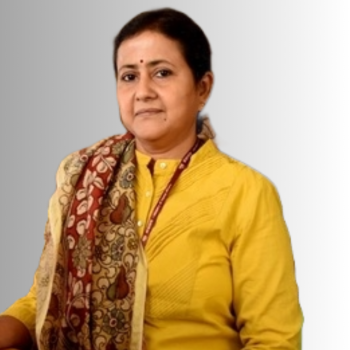
68th SKOCH Summit | Future of Digital Governance
The Digital India Vision | 24 November 2020
Driving Development Through Technology | 26 November 2020
Digital Citizen Services | 27 November 2020
The Digital India Vision
Digital India initiative announced by the Prime Minister Narendra Modi on 15th August 2014 gave a completely new direction and momentum to the languishing National e-Governance Plan (NeGP).
Digital India, with its focus on iniquitous digital services, citizen first and laying down of population scale infrastructure in several crucial areas. For identity in the form of Aadhaar; for digital payments in the form of UPI; Universal banking through Jan Dhan bank accounts and Direct Benefit Transfers across central schemes.
All these have established a use case as well as citizen expectation for every government service that needs to be population scale, to be of population scale. There are several large transformational initiatives underway in areas like health, agriculture and education.
Early starters on digital transformation journey, like policing, justice and security; passport services and border control; social development and benefit transfers, are now undergoing the second wave of transformation.
Bread and butter issues for the new as well as the mature projects alike remain that of scaling, security, connectivity, mobility and aligning with upcoming disrupting technology, new regulatory frameworks and compliances for privacy.
Digital India programme is working to a plan to align all these and make India the world leader in Digital Governance.
This Roundtable gets sectoral stalwarts from domain ministries to talk about their wonderful work and practices that can be replicated and also share their vision on the future of Digital Governance.
Driving Development through Technology
The US famously got out of the great depression by building roads. Decades later, transportation of people, products and services remain the best vehicle for economic growth. A large number of years in India’s development story saw indifference and unwillingness to invest or reform the crucial transportation sectors like national roads and highways, rural infrastructure and roads as well as the much burdened Railways.
Under the leadership of Prime Minister Narendra Modi there is a great emphasis on these sectors and there are concrete outcomes like Chenani Nashri Tunnel, Sagarmala and a rejuvenated railways getting an increasingly economic development focus.
Needless to say that this requires cutting edge technology in executing crucial transportation projects, it also requires fairly sophisticated IT systems to govern and manage the scale, the costs and the timely execution. Ease of travel and digital access to citizens for all sorts of services that they may need is a key success factor.
This Roundtable gets sectoral stalwarts from domain ministries that work in the areas of keeping the economy moving through transportation to talk about their wonderful work, practices that can be replicated and also share their vision on the future of Digital Governance.
Digital Citizen Services
Soon after the Ministry of Panchayati Raj was formed in 2004, there were a series of eight Round Tables wherein the centre as well as state governments got together for an envisioning exercise and a charter. Out of these the seventh Roundtable dealt with e-Governance in Panchayati Raj. There were several committees formed and reports written but there was little progress to show barring in isolated states like Gujarat wherein the e-Gram Vishwa Gram project became a beacon of hope for citizen services delivery.
In 2014, after the then Chief Minister of Gujarat, Mr Narendra Modi became the Prime Minister, India solved the first problem, that of Panchayat level connectivity and ever-since there has been much progress made not only in terms of Digital Services Delivery put also vast improvements in funds, functions and functionaries allocated to Panchayati Raj Institutions.
Citizen Services Delivery is all about delivering to felt needs of the people. Given the rise of aspirational India, the dreams were no longer limited to Roti, Kapda, Makan and Sadak. People of India had not only embarked on a journey of not only Defeating Poverty but also moving its vast population up the value chain and create employment through reskilling and entrepreneurship development in more aspirational areas. Skills, entrepreneurship development and livelihood for all are the new mantra for an Atmanirbhar India. The focus of Rural Development became economic development. Similarly, Skill and Entrepreneurship Development became one common vision and goal. What happened next?
This Roundtable gets sectoral stalwarts from domain ministries that work in some of the most challenging areas to talk about their wonderful work, practices that can be replicated and also share their vision on the future of Digital Governance.
The Digital India Vision
Digital India initiative announced by the Prime Minister Narendra Modi on 15th August 2014 gave a completely new direction and momentum to the languishing National e-Governance Plan (NeGP).
Digital India, with its focus on iniquitous digital services, citizen first and laying down of population scale infrastructure in several crucial areas. For identity in the form of Aadhaar; for digital payments in the form of UPI; Universal banking through Jan Dhan bank accounts and Direct Benefit Transfers across central schemes.
All these have established a use case as well as citizen expectation for every government service that needs to be population scale, to be of population scale. There are several large transformational initiatives underway in areas like health, agriculture and education.
Early starters on digital transformation journey, like policing, justice and security; passport services and border control; social development and benefit transfers, are now undergoing the second wave of transformation.
Bread and butter issues for the new as well as the mature projects alike remain that of scaling, security, connectivity, mobility and aligning with upcoming disrupting technology, new regulatory frameworks and compliances for privacy.
Digital India programme is working to a plan to align all these and make India the world leader in Digital Governance.
This Roundtable gets sectoral stalwarts from domain ministries to talk about their wonderful work and practices that can be replicated and also share their vision on the future of Digital Governance.
Driving Development through Technology
The US famously got out of the great depression by building roads. Decades later, transportation of people, products and services remain the best vehicle for economic growth. A large number of years in India’s development story saw indifference and unwillingness to invest or reform the crucial transportation sectors like national roads and highways, rural infrastructure and roads as well as the much burdened Railways.
Under the leadership of Prime Minister Narendra Modi there is a great emphasis on these sectors and there are concrete outcomes like Chenani Nashri Tunnel, Sagarmala and a rejuvenated railways getting an increasingly economic development focus.
Needless to say that this requires cutting edge technology in executing crucial transportation projects, it also requires fairly sophisticated IT systems to govern and manage the scale, the costs and the timely execution. Ease of travel and digital access to citizens for all sorts of services that they may need is a key success factor.
This Roundtable gets sectoral stalwarts from domain ministries that work in the areas of keeping the economy moving through transportation to talk about their wonderful work, practices that can be replicated and also share their vision on the future of Digital Governance.
Digital Citizen Services
Soon after the Ministry of Panchayati Raj was formed in 2004, there were a series of eight Round Tables wherein the centre as well as state governments got together for an envisioning exercise and a charter. Out of these the seventh Roundtable dealt with e-Governance in Panchayati Raj. There were several committees formed and reports written but there was little progress to show barring in isolated states like Gujarat wherein the e-Gram Vishwa Gram project became a beacon of hope for citizen services delivery.
In 2014, after the then Chief Minister of Gujarat, Mr Narendra Modi became the Prime Minister, India solved the first problem, that of Panchayat level connectivity and ever-since there has been much progress made not only in terms of Digital Services Delivery put also vast improvements in funds, functions and functionaries allocated to Panchayati Raj Institutions.
Citizen Services Delivery is all about delivering to felt needs of the people. Given the rise of aspirational India, the dreams were no longer limited to Roti, Kapda, Makan and Sadak. People of India had not only embarked on a journey of not only Defeating Poverty but also moving its vast population up the value chain and create employment through reskilling and entrepreneurship development in more aspirational areas. Skills, entrepreneurship development and livelihood for all are the new mantra for an Atmanirbhar India. The focus of Rural Development became economic development. Similarly, Skill and Entrepreneurship Development became one common vision and goal. What happened next?
This Roundtable gets sectoral stalwarts from domain ministries that work in some of the most challenging areas to talk about their wonderful work, practices that can be replicated and also share their vision on the future of Digital Governance.
Presented by






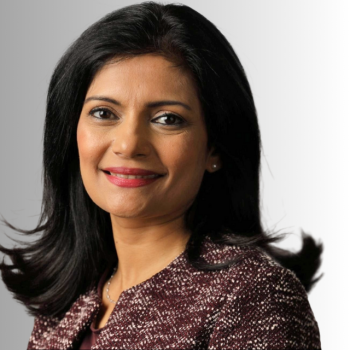



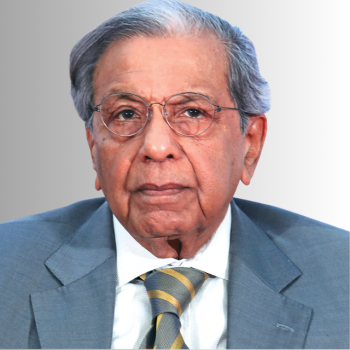
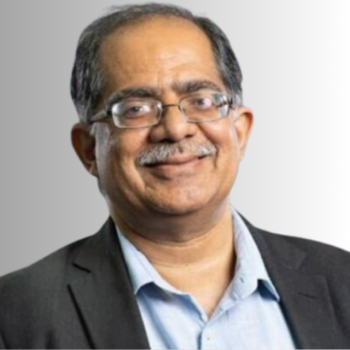

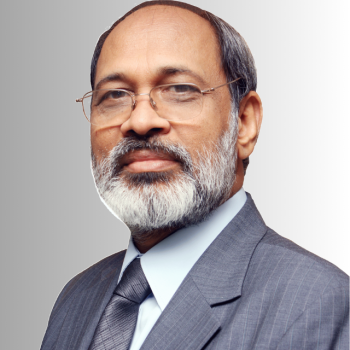
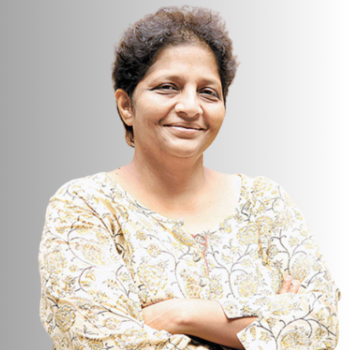
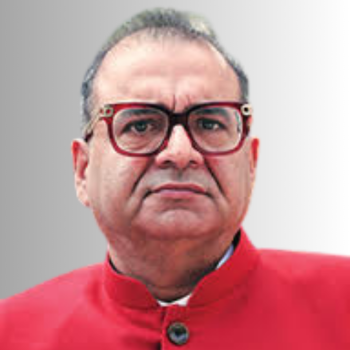
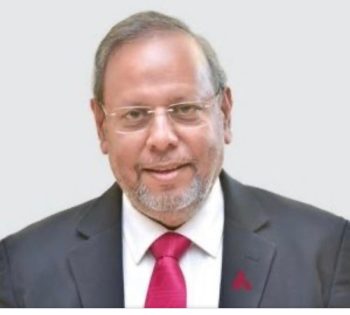
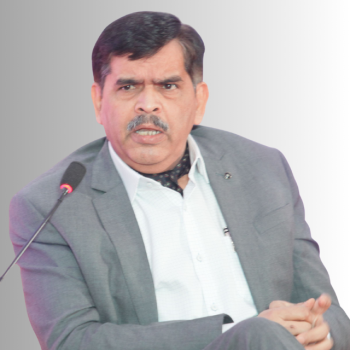 Dr Ashwani Mahajan, National Co-Convener, Swadeshi Jagaran Manch
Dr Ashwani Mahajan, National Co-Convener, Swadeshi Jagaran Manch